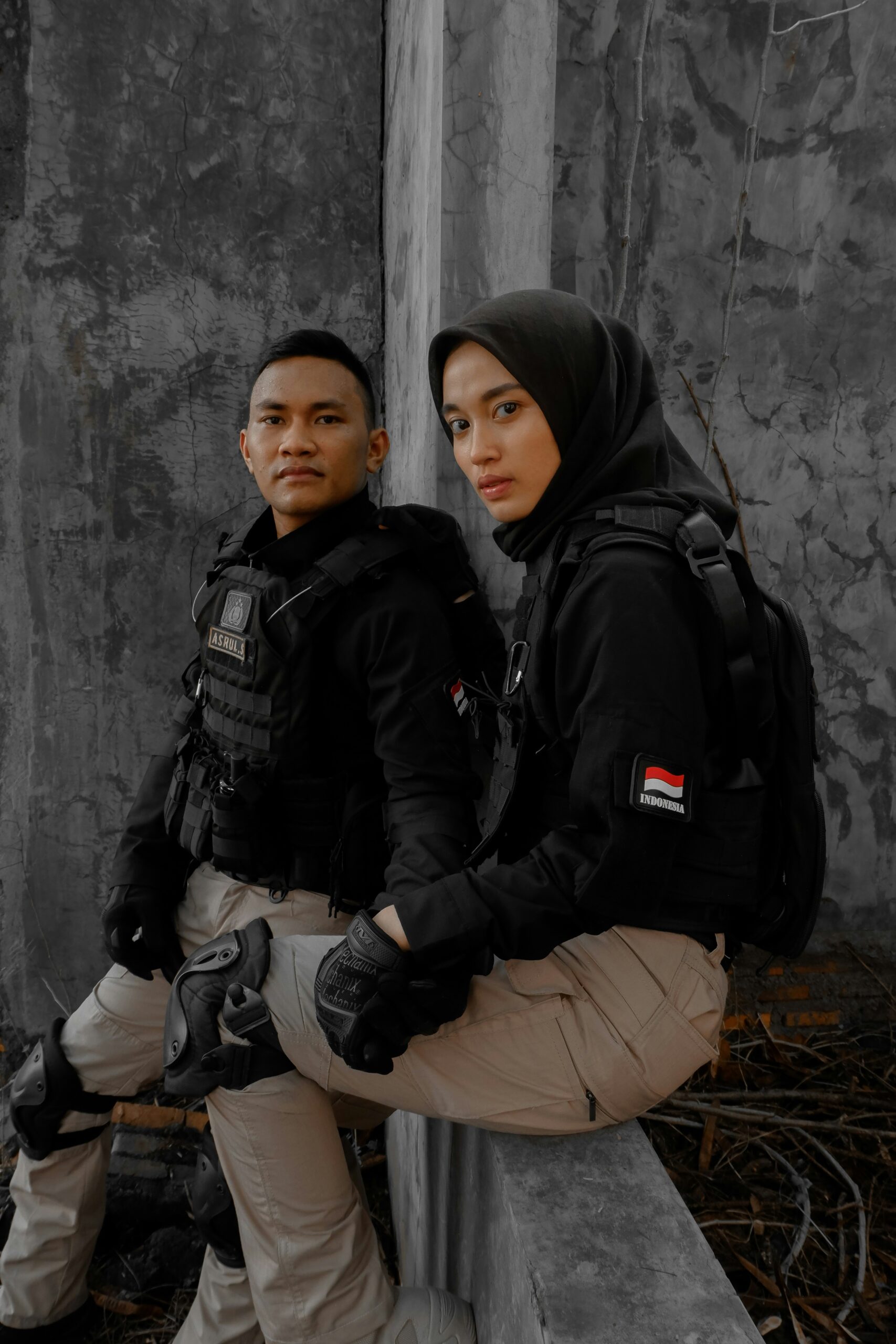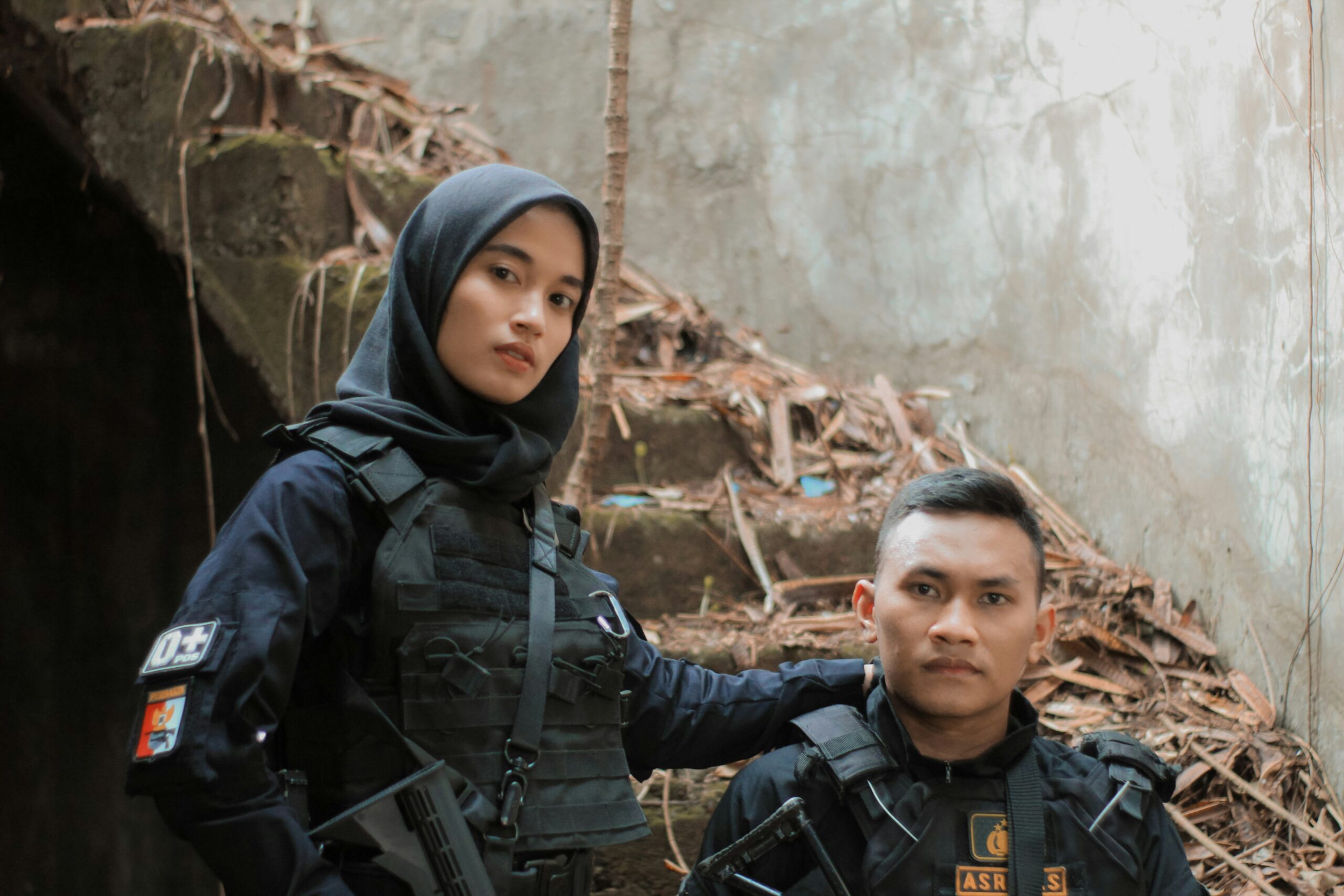Have you ever wondered if military optics can be effectively used in conjunction with camouflage clothing and gear? This question is not just a matter of curiosity; it bears important implications for both military personnel and outdoor enthusiasts. Combining the right optics with appropriate camouflage can significantly enhance your ability to remain undetected while offering optimal performance for various tasks.

Understanding Military Optics
What are Military Optics?
Military optics include devices like scopes, binoculars, and night vision equipment that are designed for use in military operations. These devices provide enhanced vision capabilities, allowing you to see farther and in conditions that would be challenging for the naked eye.
Types of Military Optics
There are several types of military optics, each serving a unique purpose:
| Type | Description |
|---|---|
| Rifle Scopes | Used for long-range targeting, enhancing accuracy during shooting. |
| Binoculars | Provide magnified, binocular vision to scan larger areas from a distance. |
| Night Vision Goggles (NVGs) | Enhance vision in low light conditions by amplifying available light. |
| Thermal Imaging | Detects heat signatures, useful for seeing through smoke, fog, and darkness. |
Understanding which type of optic suits your needs is the first step in using them seamlessly with your camouflage gear.
The Principle of Camouflage
What is Camouflage?
Camouflage is a method of concealment that allows you to blend in with your surroundings to avoid detection. It’s commonly used in military operations but is also employed by hunters, photographers, and wildlife researchers.
Types of Camouflage Patterns
There are various types of camouflage patterns, each designed for specific environments:
| Pattern | Environment |
|---|---|
| Woodland | Forested areas |
| Desert | Sandy and arid regions |
| Urban | City landscapes |
| Snow | Snow-covered terrain |
| Multi-terrain | Versatile for multiple landscapes |
Choosing the right pattern for your environment is crucial to effective concealment, and extending this principle to your gear, including optics, can raise your stealth levels.
Integrating Optics with Camouflage Gear
Why Integration Matters
Using military optics along with camouflage clothing and gear is all about maintaining concealment while maximizing functionality. Proper integration can mean the difference between staying hidden or being detected.
Customizing Optics
Many military optics come in standard finishes that may not match your camouflage. Customizing these finishes can help improve concealment. This can be done through various methods:
- Camouflage Tape: Easy to apply and remove, it can be wrapped around your optics.
- Paint: Durable and long-lasting, though more permanent.
- Camouflage Skins: Pre-cut, adhesive skins that can be applied for a quick and reversible solution.
Practical Examples
Let’s consider some practical examples to better understand integration:
- Rifle Scope in Woodland Terrain: You can wrap your rifle scope in woodland-patterned tape. This minimizes glare and makes your scope less noticeable.
- Night Vision Goggles in Urban Settings: Using urban camouflage skins can help you blend into a city environment, which could be crucial for night operations.
Optics Maintenance in Camouflage Environments
Keeping Optics Clean
Working in camouflaged environments often means dealing with dust, mud, and other debris. Keeping your optics clean is essential for maintaining functionality.
Cleaning Tips:
- Use Lens Cloths: Always use microfiber cloths for cleaning lenses to avoid scratches.
- Lens Cleaning Solutions: Use specific solutions to remove smudges without damaging the lens coating.
- Regular Check-ups: Make it a habit to inspect your optics regularly for any signs of dirt or damage.
Protecting Optics
Protecting your optics from damage is equally important:
- Lens Caps: Always use them when not actively using your optics.
- Waterproof Cases: Store your optics in waterproof cases when not in use to protect them from moisture and dust.

Training and Practice
Importance of Training
The best gear is only as good as your ability to use it. Regular training to use military optics and camouflage gear together is vital for achieving optimal performance.
What to Practice
- Switching Optics Quickly: Practice switching between different optics depending on the situation, such as from a scope to binoculars.
- Positioning and Movement: Learn how to move and position yourself to remain concealed while using your optics effectively.
Common Challenges and Solutions
Glare and Reflection
One common challenge is glare and reflection from your optics, which can give away your position. Using anti-reflective coatings or covers can help minimize this risk.
Weather Conditions
Adverse weather like rain, fog, or extreme cold can affect both your camouflage and your optics. Waterproof and fog-proof optics are a wise investment for such conditions.
Weight and Mobility
Adding too many accessories to your gear can weigh you down, affecting your mobility and endurance. Keep your setup as lightweight as possible while ensuring it meets your operational needs.

Conclusion
Effectively using military optics with camouflage clothing and gear can significantly enhance your operational effectiveness. From understanding the basics of each to integrating and maintaining them correctly, these strategies can improve your stealth and performance. Whether you’re in a military operation or engaging in outdoor activities like hunting or wildlife observation, the right combination of optics and camouflage can make a world of difference.
